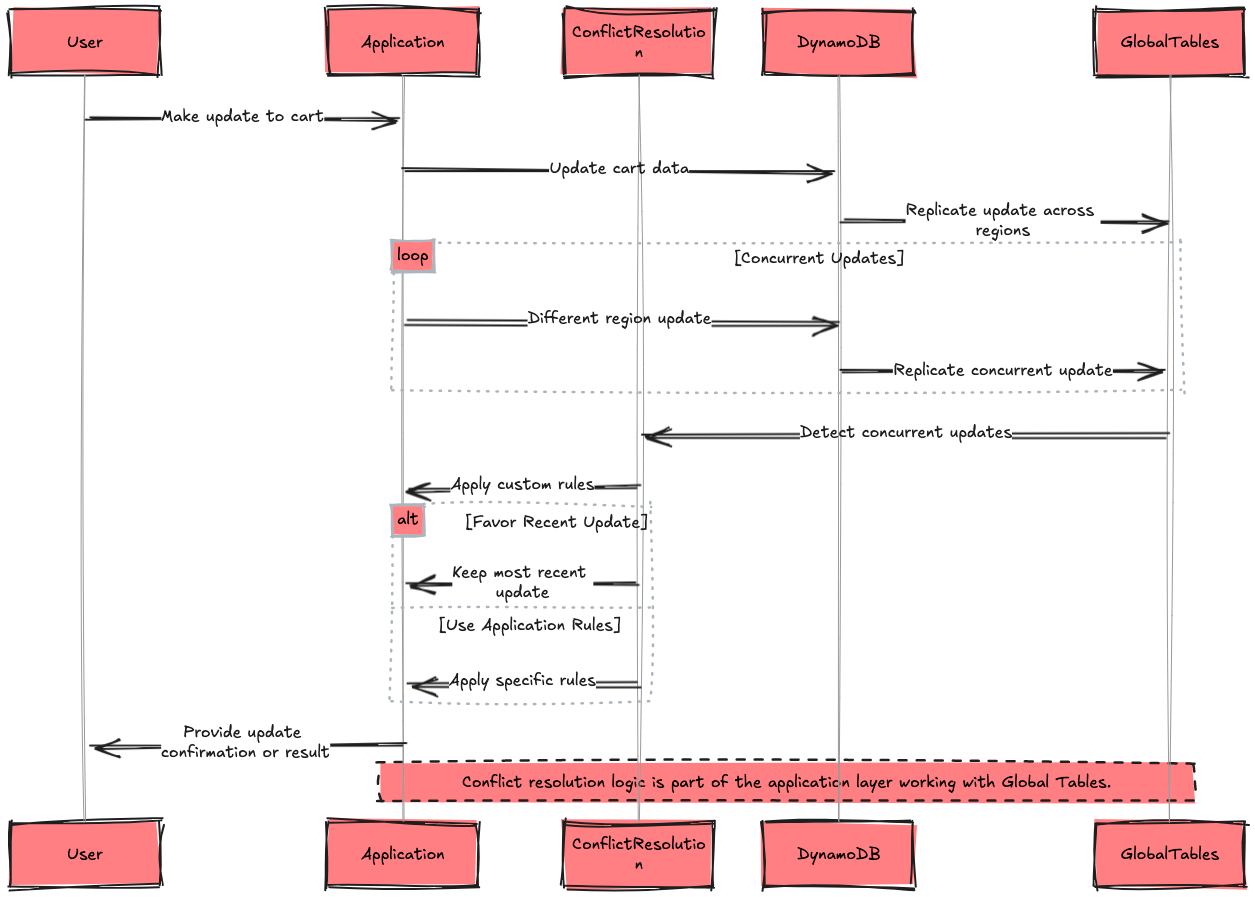[System Design Tech Case Study Pulse #102] Massive 100+ Million Requests per Second : How Amazon Shopping Cart Actually Works
With detailed explanation and flow chart....
Hi All,
Amazon's implementation of DynamoDB plays a crucial role in managing their shopping cart system, handling an astounding 100 million+ requests per second during peak times. This feat enables Amazon to provide a seamless, low-latency shopping experience for millions of customers worldwide, even during high-traffic events like Prime Day.
Learn how to System design —Design Lyft
Let me dive deep into how Amazon engineered this system, exploring the key architectural decisions, scaling strategies, and optimizations that enable DynamoDB to manage this enormous volume of shopping cart data and requests.
System Overview
Before we delve into Amazon's DynamoDB architecture for the shopping cart system, let's look at some key metrics that highlight the scale of its operations:
- Requests per second: 100 million+
- Active users: Hundreds of millions
- Items in catalog: 350 million+
- Peak operations: Black Friday, Prime Day
- Data centers: Multiple, globally distributed
- Latency target: < 10 milliseconds
- Availability: 99.999%+
- Supported devices: Web, mobile, smart devices
- DynamoDB tables: Hundreds, purpose-specific
- Total data managed: Petabytes
Below are the top 10 System Design Case studies for this week
Billions of Queries Daily : How Google Search Actually Works
Serving 132+ Million Users : Scaling for Global Transit Real Time Ride Sharing Market at Uber
3 Billion Daily Users : How Youtube Actually Scales
$100000 per BTC : How Bitcoin Actually Works
$320 Billion Crypto Transactions Volume: How Coinbase Actually Works
100K Events per Second : How Uber Real-Time Surge Pricing Actually Works
Processing 2 Billion Daily Queries : How Facebook Graph Search Actually Works
7 Trillion Messages Daily : Magic Behind LinkedIn Architecture and How It Actually Works
1 Billion Tweets Daily : Magic Behind Twitter Scaling and How It Actually Works
12 Million Daily Users: Inside Slack's Real-Time Messaging Magic and How it Actually Works
3 Billion Daily Users : How Youtube Actually Scales
1.5 Billion Swipes per Day : How Tinder Matching Actually Works
500+ Million Users Daily : How Instagram Stories Actually Work
2.9 Billion Daily Active Users : How Facebook News Feed Algorithm Actually Works
20 Billion Messages Daily: How Facebook Messenger Actually Works
8+ Billion Daily Views: How Facebook's Live Video Ranking Algorithm Works
How Discord's Real-Time Chat Scales to 200+ Million Users
80 Million Photos Daily : How Instagram Achieves Real Time Photo Sharing
Serving 1 Trillion Edges in Social Graph with 1ms Read Times : How Facebook TAO works
How Lyft Handles 2x Traffic Spikes during Peak Hours with Auto scaling Infrastructure..





